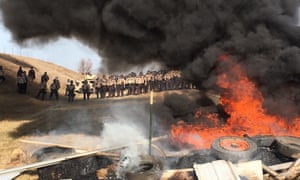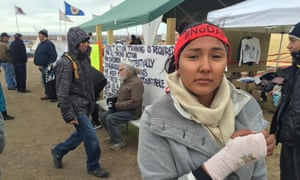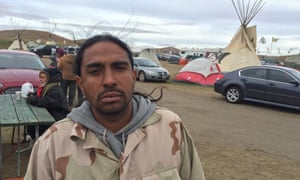Updated
Photo:
Professor David Booth said the Coral Sea north-east of Australia was of particular concern. (Supplied: Catlin Seaview Survey)
A group of scientists is urging the Government not to
wind back the scale of the nation's 40 marine reserves, contrary to the
advice of an advisory panel on the matter.
Key points:
- An advisory panel is recommending the removal of a large area from protected marine zones
- The Ocean Science Council says the cuts could be devastating to marine life
- Professor David Booth says industry voices are over-represented on the advisory panel
The panel is recommending the removal of an area almost twice the size of Tasmania from the protected zones where mining and fishing are banned.
But the scientists, known as the Ocean Science Council, said cuts of that size could be devastating to marine life.
Professor David Booth, a member of the council and a professor of marine ecology, said he and his colleagues had concerns over the advice given to the Government.
"We welcome the review, there are a lot of good points to it, but what we're really concerned with is these bioregional panels — which recommended the zoning of the parks in areas around Australia — fall well short of what was recommended," he said.
"In particular, the marine national park 'no-take' zones, which are the gold standard for looking after marine biodiversity, have been eroded."
Professor Booth said the Coral Sea north-east of Australia was of particular concern.
"This supposedly large area that was going to be set aside as marine 'no-take' area was really going to be the jewel in the crown of our conservation efforts and bring us into line with the other big countries around the world who have done similar things," he said.
"What ended up is they've just taken 25 per cent of that 'no-take' area away for marginal economic benefit to the tuna fisheries."
Recommendations could 'devastate' marine life
According to Professor Booth, marine life would face dire consequences if the Government were to accept the advisory panel's recommendations."The loss of those areas means extractive industries can come in," he said.
"In some cases, that's recreational fishing, in others it's commercial, and there's other possibilities as well.
"These practices, although fairly well managed in Australia, can still devastate marine life."
But the chair of the advisory panel, Adjunct Professor Colin Buxton from the University of Tasmania, rejected Professor Booth's claims.
"I defy anybody to say that what we've done is to try and pander to people who are exploiting the ocean in an irresponsible way and we've left the oceans unprotected," he said."That is absolute rubbish."
Media player: "Space" to play, "M" to mute, "left" and "right" to seek.
He said the changes to no-take zones in the Coral Sea may seem like a lot, but the proportion designated as a marine park was still above international recommendations.
"Despite the fact that it sounds like we took a lot away, we've left far more than the international gold standard," he said.
"[Fishing] is very carefully regulated, it is demonstrably sustainable and it can only take place in 60 per cent of the Coral Sea."
Panel shows 'heavy bias' towards industry: Booth
Professor Booth has accused the advisory panel of prioritising the voices of the fishing industry while sidelining conservation."I just did a count, and of the members [of the advisory panel] 11 were fishing stakeholders, there were two scientists spread around Australia, one or two Indigenous and I think one local council member," he said.
"So you can see there was, I think, a heavy bias towards fishing interests."The advisory panel has made assurances its recommendations would not trigger a loss of endangered marine life, cutbacks to marine hotspots or lead to expanded mining, and would in fact improve marine biodiversity.
But Professor Booth and the Ocean Science Council disagreed.
"No, we [the Ocean Science Council] and I do not accept those points," he said.
"In the face of the other big nations for marine conservation in the world — the US, New Zealand, Britain and even Palau — have expanded their larger marine areas.
"We're shrinking them away, which is pretty poor form for Australia."







